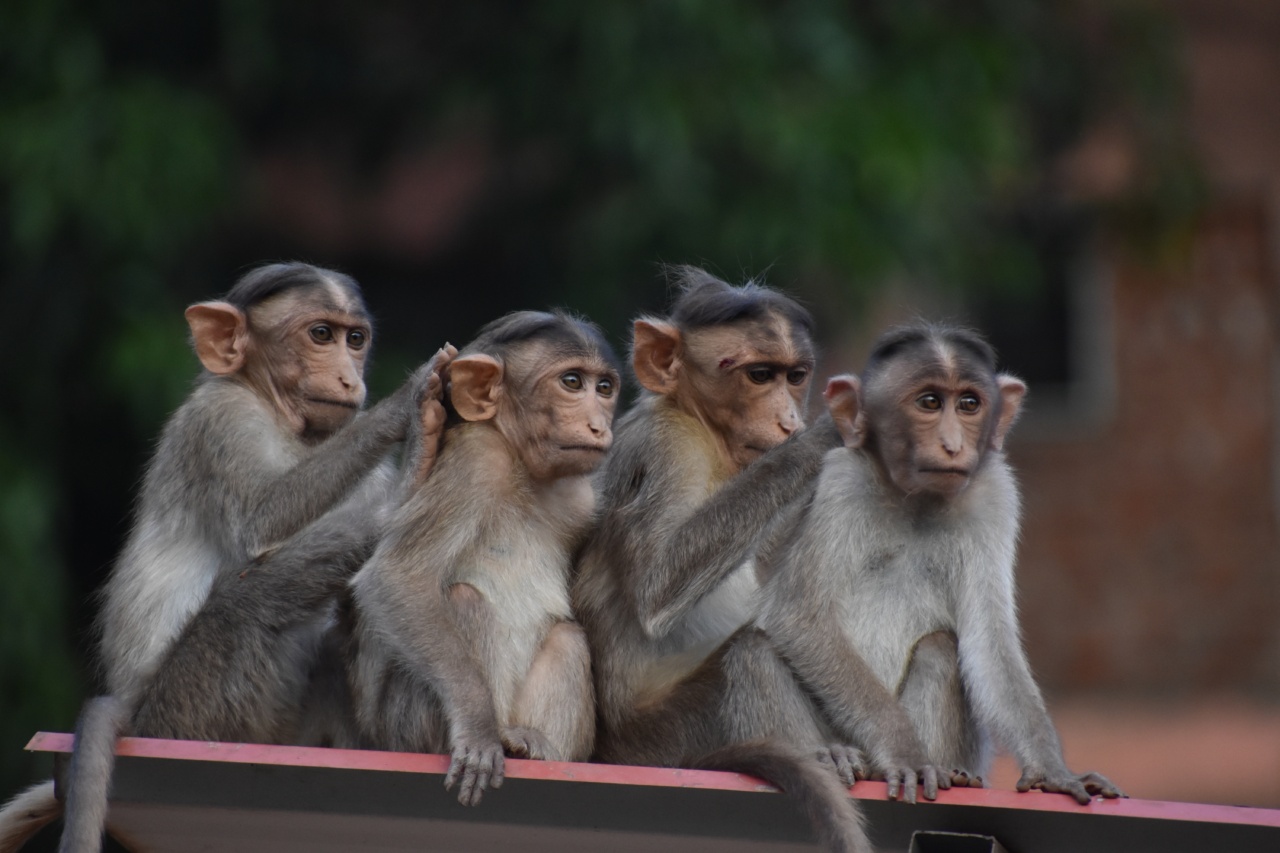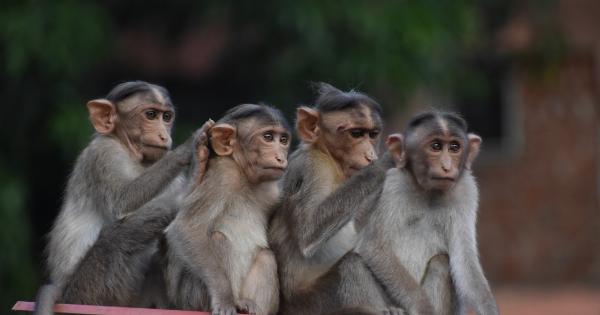Monkeys are intelligent animals that possess the ability to solve complex problems and adapt to changing environments.
One of the most important aspects of their adaptation is their ability to move and navigate different surfaces, such as trees, rocks, and the ground. In this article, we will explore the different ways in which monkeys are able to adapt to different surfaces and the importance of this ability in their survival.
The anatomy of monkey feet
Monkeys have unique feet that are perfectly adapted for climbing trees and other surfaces. Their feet have five toes, with the first and second toes being opposable, which means that they are able to grasp and hold onto objects and surfaces.
Additionally, monkeys have long, flexible toes that are able to wrap around branches and other objects, allowing them to grip surfaces tightly and maintain their balance.
The skin on a monkey’s feet is also adapted for climbing. Their feet have thick, callused pads that provide grip and prevent slipping, even on wet or smooth surfaces.
Furthermore, monkey feet have ridges and indentations that increase surface area, providing more friction and grip on different surfaces.
Tree-dwelling monkeys
Many species of monkeys, such as the spider monkey and howler monkey, spend most of their time in trees. These monkeys have long limbs and tails that are specially adapted for climbing and swinging through the branches of trees.
Their feet, as we have discussed, are also perfectly adapted for climbing trees and other surfaces. These monkeys are able to grip branches tightly, using their opposable thumbs and flexible toes to maintain balance and move through the trees with ease.
Tree-dwelling monkeys are also able to adapt to the varying diameters of branches and trunks. They do this by changing their grip and positioning on the surface they are climbing.
They may also use their tails to provide additional support and balance, using it as a “fifth limb” when moving through the trees.
Ground-dwelling monkeys
Other species of monkeys, such as the macaque and baboon, spend more time on the ground than in trees. These monkeys have a slightly different foot structure, with shorter toes that are less flexible than those of tree-dwelling monkeys.
However, they still have opposable thumbs and calloused pads that provide good grip and stability on the ground.
Ground-dwelling monkeys are able to adapt to different types of ground surfaces, such as rocks, sand, and grass. They are also able to move quickly and efficiently across these surfaces, thanks to their nimble feet and strong legs.
In some cases, ground-dwelling monkeys may even use tools to navigate different surfaces, such as using sticks to probe for insects in the ground.
Water-dwelling monkeys
Some species of monkeys, such as the proboscis monkey and the macaque, are able to swim and move in water. These monkeys have unique adaptations for swimming, such as webbed feet and hands that allow them to paddle through the water.
They are also able to hold their breath for extended periods of time, allowing them to dive and search for food underwater.
Water-dwelling monkeys are able to adapt to different water conditions, such as calm or rough seas, by adjusting their swimming technique and body position.
They are also able to use their tails as a rudder, helping them to steer and change direction while swimming.
The importance of adaptation to different surfaces
Adaptation to different surfaces is critical for the survival of monkeys in the wild. By being able to move and navigate different surfaces, monkeys are able to find food, avoid predators, and interact with other members of their group.
Adaptation also allows monkeys to expand their range and habitats, providing them with more opportunities to thrive and survive.
In addition, adaptation to different surfaces has allowed monkeys to diversify and evolve over time.
By adapting to different environments and surfaces, different species of monkeys have developed unique features and behaviours that have helped them to succeed in their particular environment.
Conclusion
Monkeys have developed unique adaptations for moving and navigating different surfaces, such as trees, rocks, and water. Their feet, limbs, and tails are perfectly adapted for climbing, swinging, gripping, and swimming.
By adapting to different surfaces, monkeys are able to survive and thrive in a wide variety of environments. Adaptation also allows them to develop unique features and behaviours that have contributed to their diversification and evolution over time.































